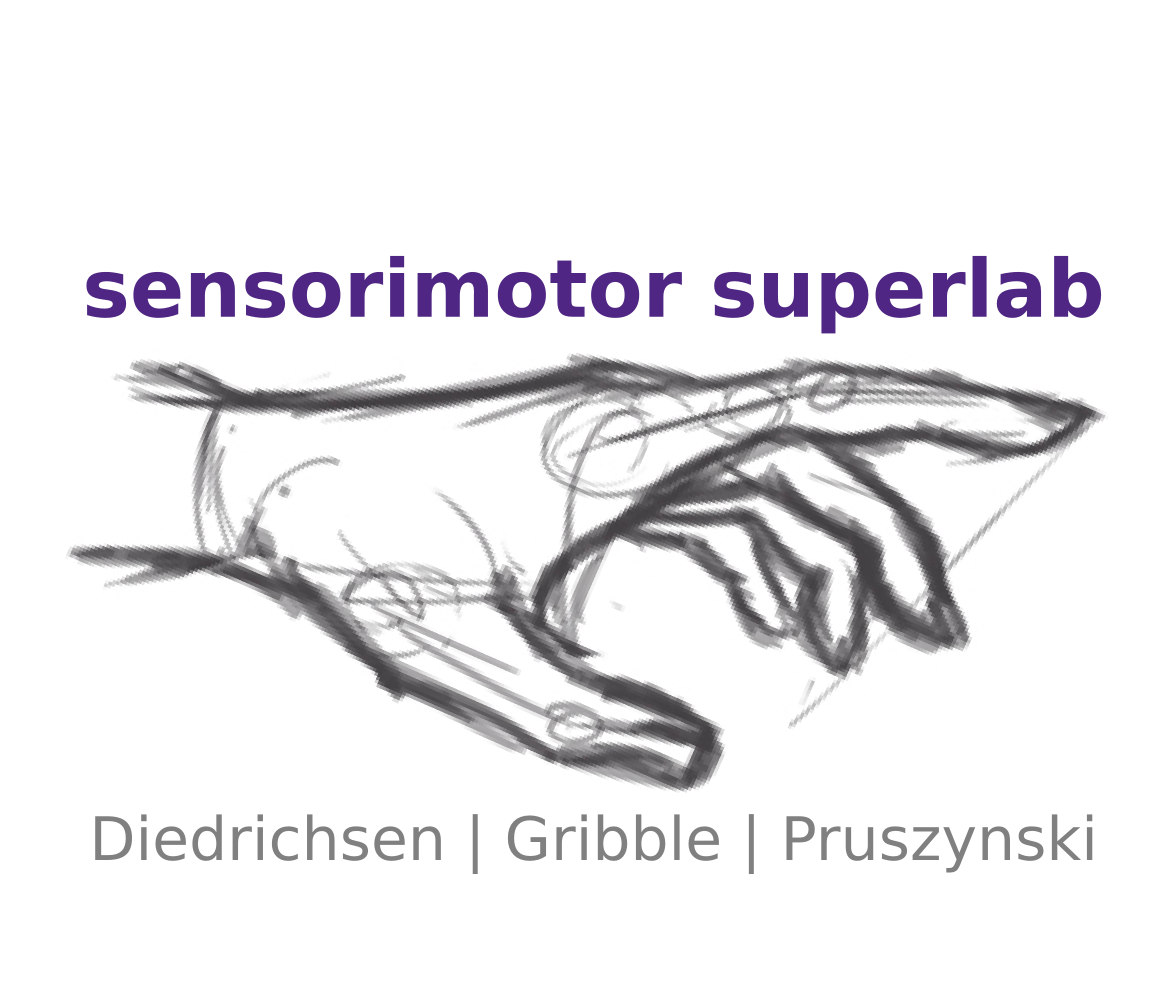Reading List 15
Here are the articles that we are reading this week, featuring work by @meganinlisbon, @Franklandlab, @sjo09, @PresNCM, @smickdougle, @ivrylab, and others.
Enjoy!
—Paul, Andrew & Jörn
1
Differentially synchronized spiking enables multiplexed neural coding
Lankarany, M., Al-Basha, D., Ratté, S., and Prescott, S.A.
Proc. Natl. Acad. Sci. U.S.A. (2019)
https://dx.doi.org/10.1073/pnas.1812171116
2
Visual Perception of Joint Stiffness from Multi-Joint Motion
Huber, M.E., Folinus, C., and Hogan, N.
J. Neurophysiol. (2019)
https://dx.doi.org/10.1152/jn.00514.2018
An intriguing result that is perhaps a first step towards finding out if/how observers extract information related to mechanical impedance from vision of motion.
3
The influence of task outcome on implicit motor learning
Kim, H.E., Parvin, D.E., and Ivry, R.B.
Elife 8, e39882 (2019)
https://dx.doi.org/10.7554/eLife.39882
4
Memory formation in the absence of experience
Vetere, G., Tran, L.M., Moberg, S., Steadman, P.E., Restivo, L., Morrison, F.G., Ressler, K.J., Josselyn, S.A., and Frankland, P.W.
Nature Neuroscience (2019)
https://doi.org/10.1038/s41593-019-0389-0
Sounds like science fiction for sure, and raises some interesting questions about the nature of experience and memory. An amazing technical tour-de-force worth reading. See the tweet thread for more.
5
Spatial and Temporal Locomotor Learning in Mouse Cerebellum
Darmohray, D.M., Jacobs, J.R., Marques, H.G., and Carey, M.R.
Neuron (2019)
https://dx.doi.org/10.1016/j.neuron.2019.01.038
Another paper from the Carey lab (@meganinlisbon), which is doing some really amazing work on motor learning in a mouse model of split-belt treadmill locomotion.
6
Neural Signatures of Prediction Errors in a Decision-Making Task Are Modulated by Action Execution Failures
McDougle, S.D., Butcher, P.A., Parvin, D.E., Mushtaq, F., Niv, Y., Ivry, R.B., and Taylor, J.A.
Curr. Biol. (2019)
https://www.cell.com/article/S0960982219304099/abstract
7
Obtaining and maintaining cortical hand representation as evidenced from acquired and congenital handlessness
Wesselink, D.B., van den Heiligenberg, F.M., Ejaz, N., Dempsey-Jones, H., Cardinali, L., Tarall-Jozwiak, A., Diedrichsen, J., and Makin, T.R.
Elife 8 (2019)
https://dx.doi.org/10.7554/eLife.37227
8
Responses of somatosensory area 2 neurons to actively and passively generated limb movements
London, B.M., and Miller, L.E.
J. Neurophysiol. 109, 1505–1513 (2013)
https://dx.doi.org/10.1152/jn.00372.2012
From 2013—Clear and well-written, it’s enjoyable to read.
9
Titin force is enhanced in actively stretched skeletal muscle
Powers, K., Schappacher-Tilp, G., Jinha, A., Leonard, T., Nishikawa, K., and Herzog, W.
J. Exp. Biol. 217, 3629–3636 (2014)
https://dx.doi.org/10.1242/jeb.105361
Kiisa Nishikawa gave a great talk at NCM this year in Toyama, Japan. In this paper from 2014 she and her colleagues continue to challenge the sliding filament-based cross-bridge model of muscle contraction, and describe the role of the elastic protein called titin in generating force in active muscle.
Subscribe
Now you can subscribe to our weekly reading list and have it sent to your email inbox automatically each Friday morning. Sign up here: https://superlab.ca/subscribe
Archive
You can look at an archive of our previous posts here: https://superlab.ca
Disclaimer
Please keep in mind that the appearance of a paper on our reading list should not necessarily be considered an endorsement of the work unless of course we explicitly endorse it, for example in a blurb. As always, please read papers with a critical eye.
 Sensorimotor Superlab
Sensorimotor Superlab